Knitting in Estonia
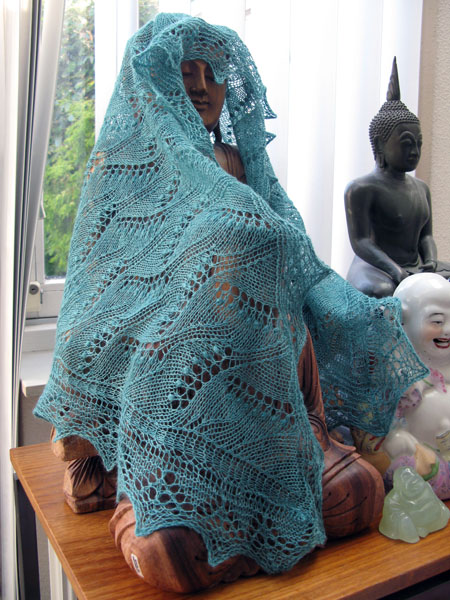 |
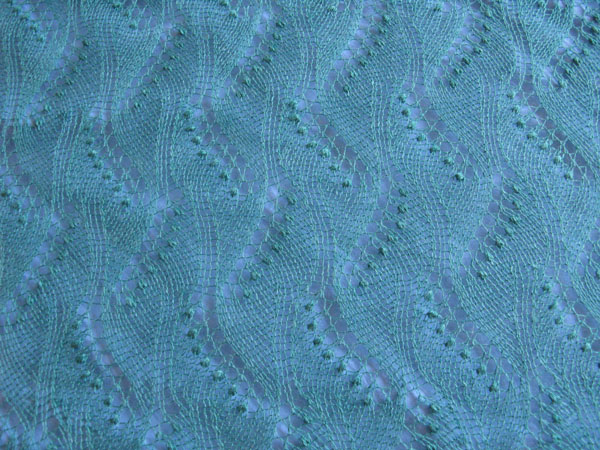 |
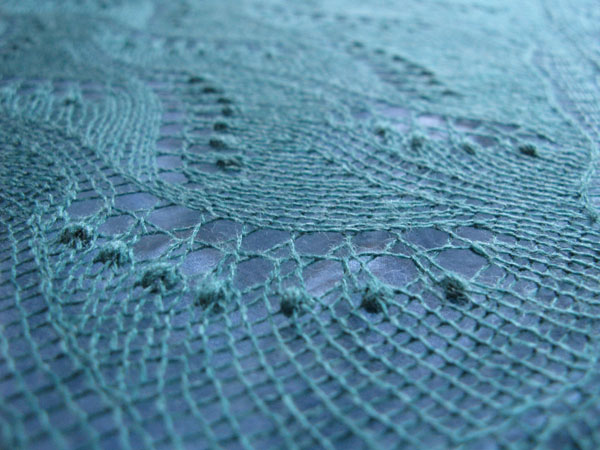 |
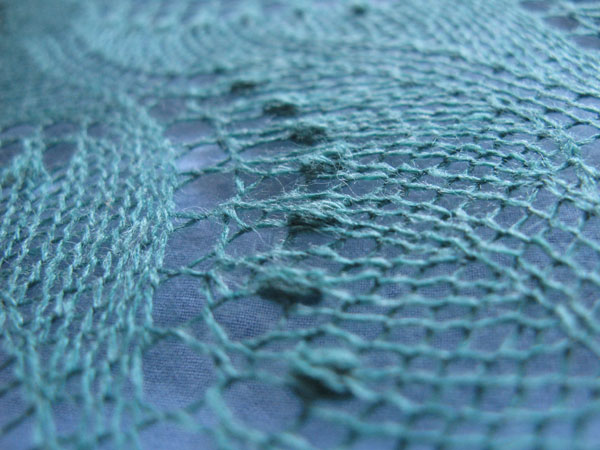 |
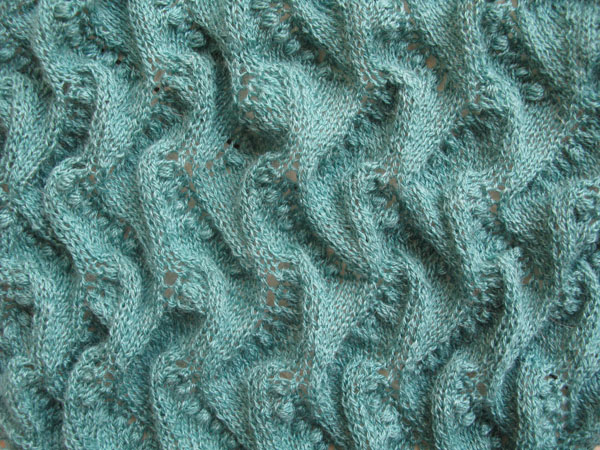 |
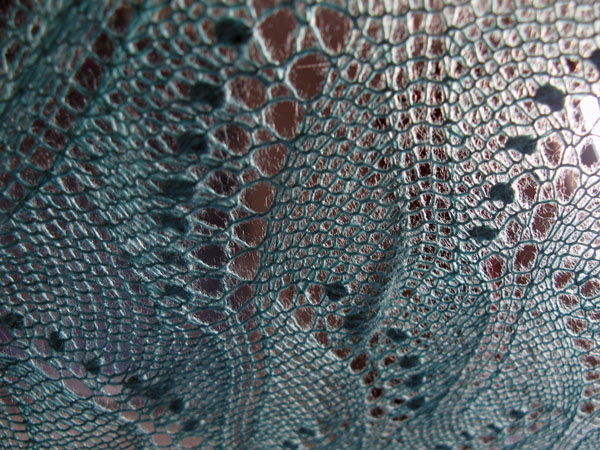 |
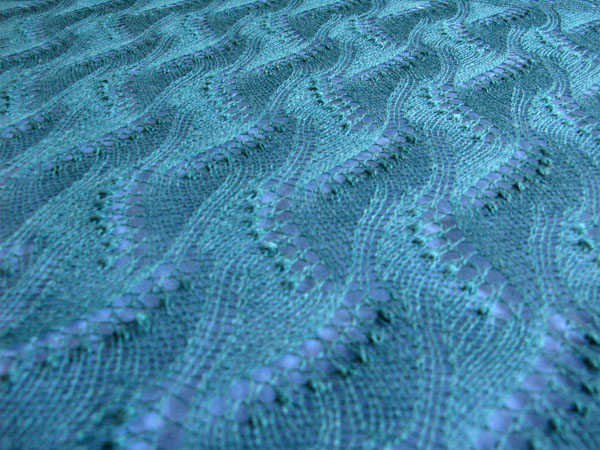 |
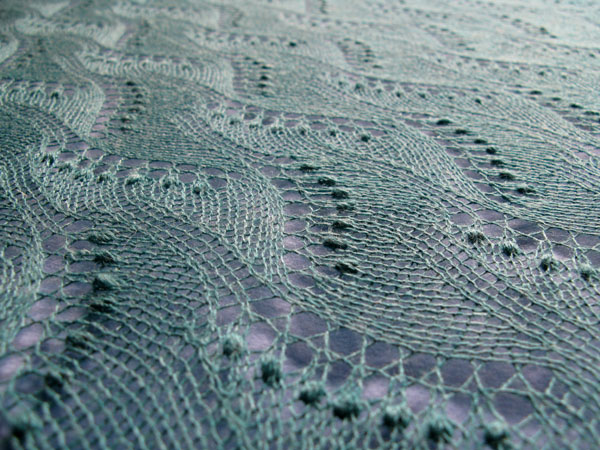 |
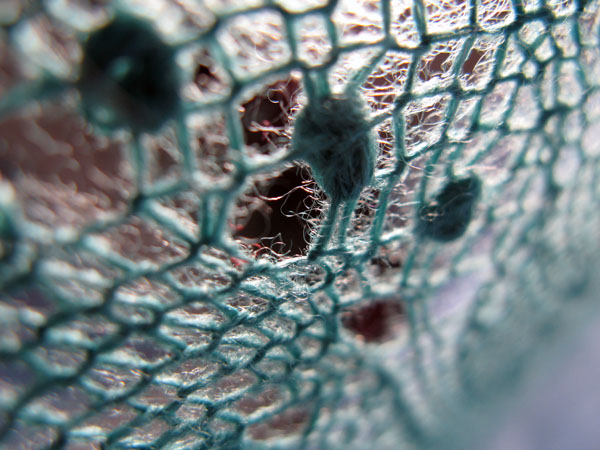 |
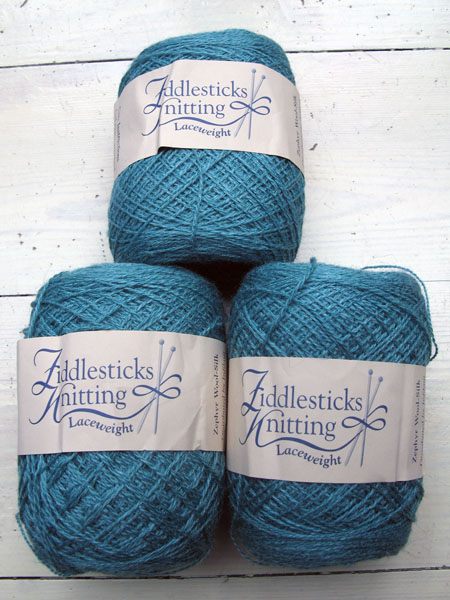 |
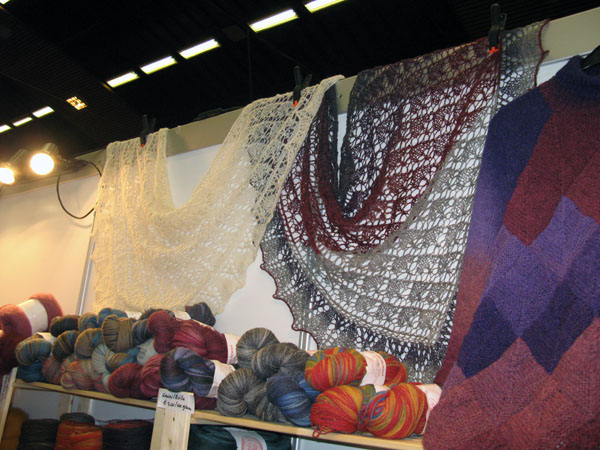 |
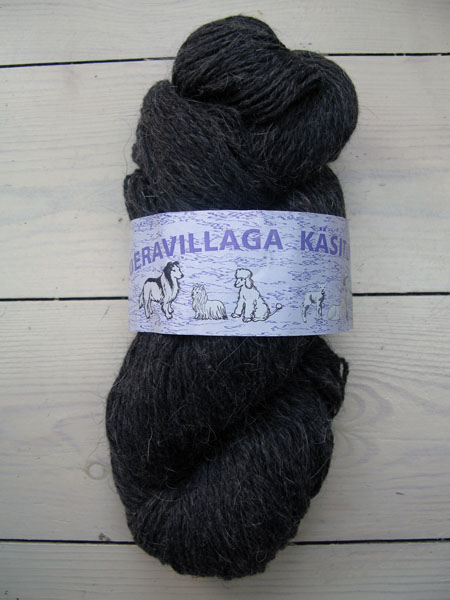 |
 |
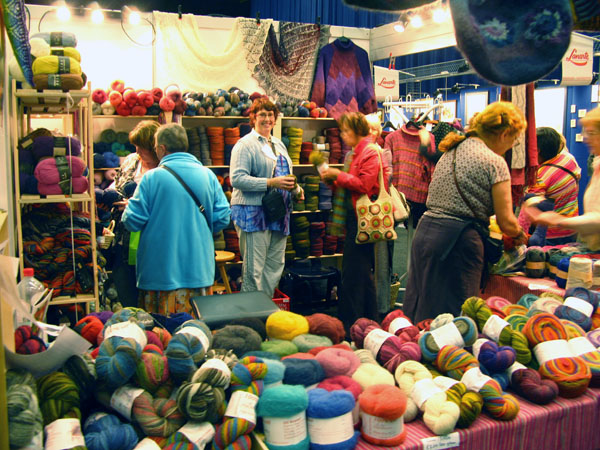 |
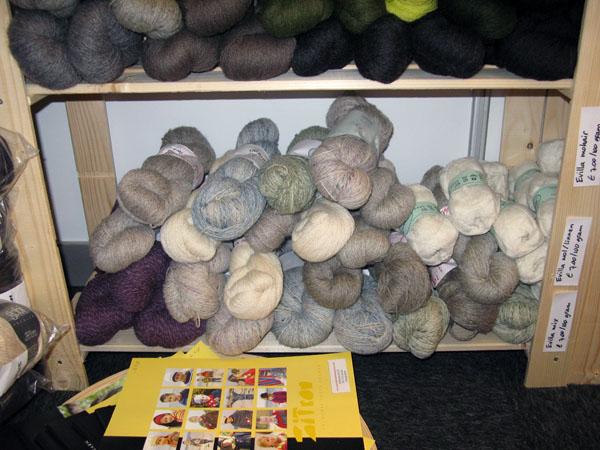 |
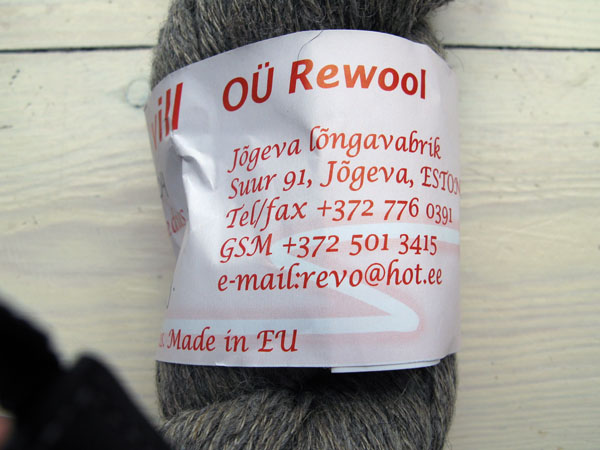 |
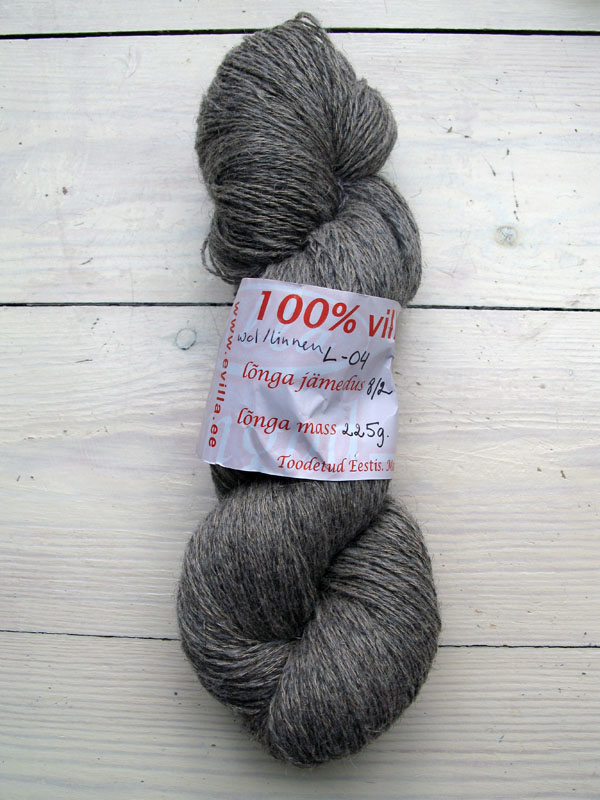 |
 |
| Klik op afbeelding voor vergroting – Click to enlarge images | ||
Het breiwerk uit Estland is heel bijzonder, daar kom ik steeds meer achter. Nancy Bush wist dat al veel langer. Zij schreef het populaire boek ‘Folk Knitting in Estiona’ in 1999 en in november komt er een nieuw boek van haar uit dat geheid ook een klapper gaat worden. ‘Knitted Lace of Estonia’, ik heb er hoge verwachtingen van.
Estonian Knitting is special, that is wat I realise more and more. Nancy Bush allready knew that. She wrote the popular book ‘Folk Knitting in Estiona’ in 1999 and in November there will be published a new book that promises to be a success too. ‘Knitted Lace of Estonia’, I’m looking forward to it.
Inmiddels ben ik al begonnen aan de driehoekige Estlandse shawl uit de Piecework van Nancy Bush, waarin het charmante Lelietjes van Dalen-patroontje is verwerkt. Ik breide ‘m van één bol zeegroene Zephyr (kleur Jade) dat ik op de IKnit Day in Londen kocht. Half merino, half tussah-zijde, een fijn en soepel draadje dat zalig breit maar wel wat slapjes aanvoelt, maar prachtig blockt.
In the meanwhile I’m knitting the triangle Estonian shawl from Piecework van Nancy Bush, which based on the charming Lelietjes van Dalen-pattern. I have knitted it from one ball seagreen Zephyr (colour Jade) that I bought on the IKnit Day in London. Half merino, half tussah silk, a nice and souple yarn that knits heavenly but feels a bit fragile, but blocks nicely.
Astrid is trouwens ook behoorlijk geobsedeerd door Estland. Ze is helemaal weg van de Estlandse garens van Evilla, een merk dat we ook wel eens als Kauni tegenkomen. Maar wie niet (meer) zo gek is op al dat strepende spul, moet beslist nog eens verder kijken tussen haar wolletjes. Op de handwerkbeurs stond ze met een grote stand vol moois, maar het beste spul had ze in een hoekje weggestopt. Diverse soorten menggarens (wol, alpaca, mohair en linnen) lagen op de onderste plank. Ik nam een dikke streng in een jute-achtige tint mee, wol met linnen, wat stug, maar sterk en supermooi voor tassen en zo. Ook de pre-garens van Evilla, een soort dunne ongesponnen lont, zijn erg interessant, zowel om te vilten, als om zo te breien. Astrid gaf aan iedere Ravelrer een leuk Gedifra-boek cadeau!
Astrid has an obsession for Estonia too. She loves the Estionian yarns from Evilla, a brand that we also find named Kauni. But how is a bit bored by more and more striping stuff, should have a better look at her yarns. On the handwerkbeurs she had a huge stand with lots of nice stuff, but the goodies she had hidden in a little corner. Several mixed yarns (wool, alpaca, mohair and linen) lay on the bottum shelf. I took a big skein of a light brownish colour, wool with linen, a bit rough, but strong and very good for bags and so. The pre-yarns from Evilla, a sort of unspun stuff, are very interesting to try felting with it, but also to knit with. Astrid gave every Ravelrer a Gedifra book as a present!
Met Ravelry-vriendin Signe filosofeer ik graag over de waarde van de Estlandse breitradities en hoe we hier mee om zouden kunnen gaan. Signe is afkomstig uit Harju Jaani, een van de streken in Estland waar men nog de traditionele patronen uit die streek in de wanten en sokken breit. Trouw aan haar waarden en normen neigt ze ernaar alleen de patronen te willen gebruiken die ze via haar afkomst mee heeft gekregen. Maar de breiwereld flirt met haar sinds de opkomst van het internet en verleidt haar tot het breien van patronen uit de internationale Engelstalige tijdschriften…….
With Ravelry-friend Signe I love to philosophize about Estonian knitting traditions and how to deal with preserving them. Signe is from Harju Jaani, one of the regions in Estonia where the traditional patterns are still used for mittens and socks. Loyal to her heritage she tends to only use these patterns. But the knitting world flirts with her since the internet provided her with patterns in the international English magazines……..
Van Signe kreeg ik de bijzonderste streng garen in mijn stash. Het is half wol en…… half hond. Mooi etiketje ook hè. 😉
Signe gave me the most remarkeble skein of yarn in my stash. It is half wool and…… half dog. Nice label, isn’t it? 😉
Enkele eeuwen geleden verspreidden en vermengden patronen en breitechnieken zich via de Noordzee en de Baltische Zee over de aangrenzende landen. Zo zien we de Noorse ster terug in diverse Scandinavische landen, maar ook in Schotland. En in Nederland in de Grolse wanten. Nu zien we hetzelfde gebeuren door verspreiding wereldwijd via het internet. Verliest het traditionele breiwerk daardoor aan eigenheid of wint het aan populariteit wat de basis versterkt en daarmee de kans verkleint dat de eeuwenoude patronen en technieken ten onder gaan?
Some centuries ago the patterns and knitting techniques spread over the surrounding countries over the Nord Sea and the Baltic Sea. So we see the Norwegian Star in several Scandinavian countries, but also in Schotland. And in the Netherlands in the Grolse wanten (Groenlo Mittens). Now we see the same thing happening by distribution over the internet. Does the traditional knitting loose its characteristics or does it gain popularity which enforced the base and therefore minimizes the chance that the antique patterns and techniques will be lost forever?
Meer weten over Estlandse breitechnieken? Kijk dan even op de Estonia-pagina waar ik zoveel mogelijk links over de Estlands breikunst verzameld heb.
If you want to know more about Estionian knitting techniques, look on the Estonia page where I gathered as much links as I could find about Estonian knitting.